
Across the U.S., emergency doctors are raising an alarm over tiny but powerful rare-earth magnets. These magnets – far stronger than refrigerator magnets – have become a serious hidden threat for children.
Hundreds of children are now rushed to hospital ERs each year after magnet ingestions.
Doctors warn that multiple magnets in the digestive tract can “do a lot of damage… require surgery, or even cause death when swallowed,” as UC Davis pediatric trauma surgeon Dr. Jonathan Kohler notes.
Once ingested, such magnets attract through intestinal walls and can puncture tissue, often without immediate symptoms.
Industry Alert

The magnet scare sent ripples through the booming home-fragrance industry. The U.S. home fragrance market now tops $9 billion, and smart diffusers are a key segment.
Industry analysts expect smart aromatherapy diffusers – plug-in scent devices with app control – to nearly triple in size from $1.2 billion in 2024 to $3.5 billion by 2033.
Millions of these gadgets are in American homes, sold by chains like Target and Amazon.
Consumers love the wellness angle, but the recall raises alarms that safety may not have kept pace with innovation. The industry is now under unprecedented scrutiny.
Market Evolution

Over the past decade, home scenting has reinvented itself. Traditional candles and air fresheners evolved into sophisticated, connected diffusers.
Consumers embraced voice and app controls, and retailers report that over 60% of diffuser sales now happen online.
The emphasis on aesthetics and technology has accelerated market growth, but possibly at a cost. Industry veterans admit that engineering checks sometimes lagged behind this rapid innovation.
Meanwhile, safety reviews did not keep pace with every new feature.
Safety Squeeze
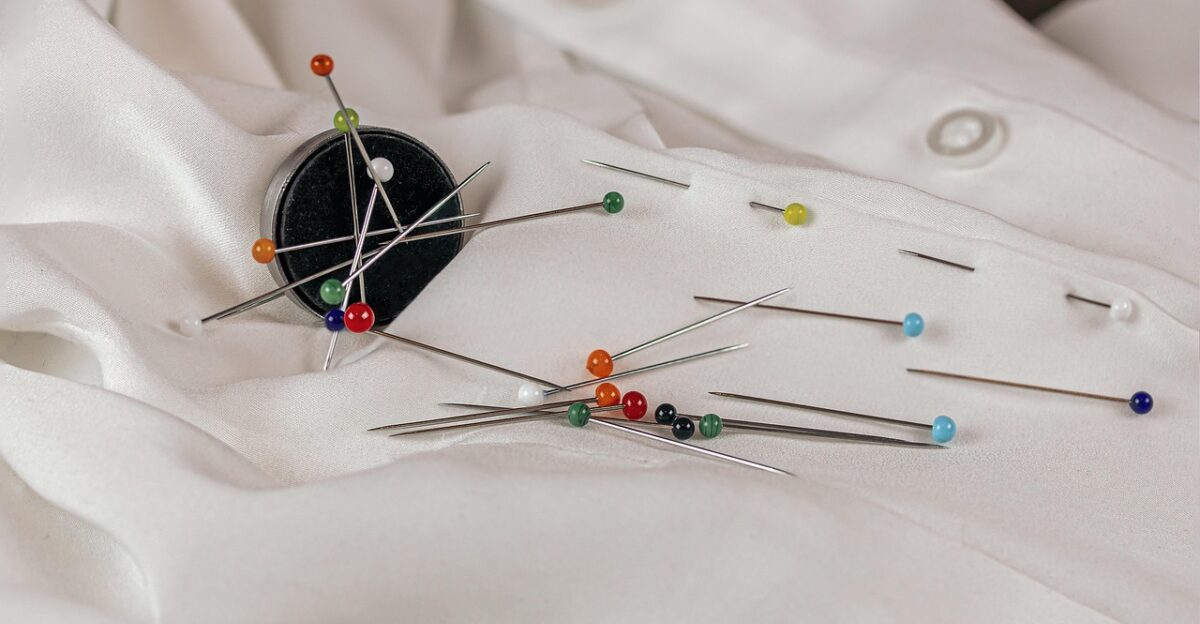
Regulators have struggled to keep up. In 2012, the CPSC banned high-powered magnet toy sets, but a 2016 court ruling overturned that ban.
Data kept rising: the CPSC found about 2,400 magnet-ingestion cases treated annually in U.S. ERs (2017–2021).
Alarmingly, eight magnet-related deaths have occurred worldwide since 2005.
These incidents often mimic common stomach illnesses, delaying treatment. Pediatricians worry because traditional toy-safety standards don’t address magnets hidden in household gadgets.
Crisis Declared
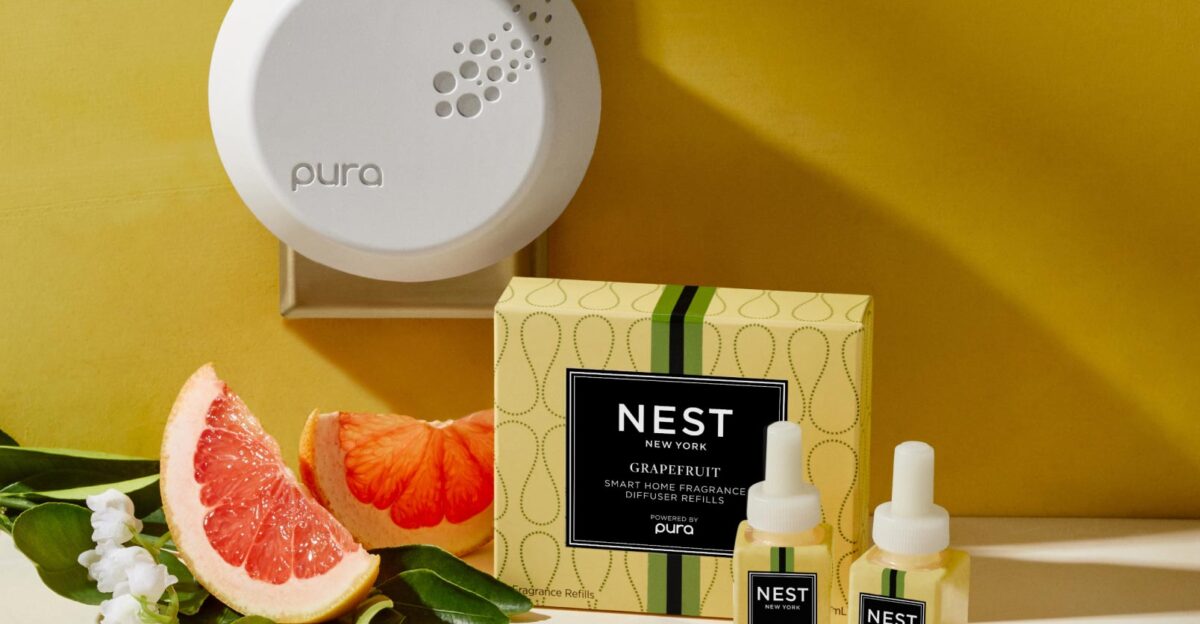
Here’s where it gets serious: on July 24, 2025, the U.S. Consumer Product Safety Commission announced a CLASS I recall for Pura 4 Smart Home Fragrance Diffusers. About 851,400 detachable diffuser covers sold at Target, Amazon and other retailers had five strong rare-earth magnets in their covers.
In three reported cases, those magnets detached; fortunatel,y no injuries have been reported.
Still, the CPSC ordered consumers to “immediately dispose of the existing detachable cover” and wait for a free replacement from Pura.
Pediatric gastroenterologist Dr. Sunpreet Kaur explains the danger: when multiple magnets are swallowed, they can “attach to each other through the bowel… or create holes in the intestines,” which can lead to life-threatening perforations.
Regional Impact
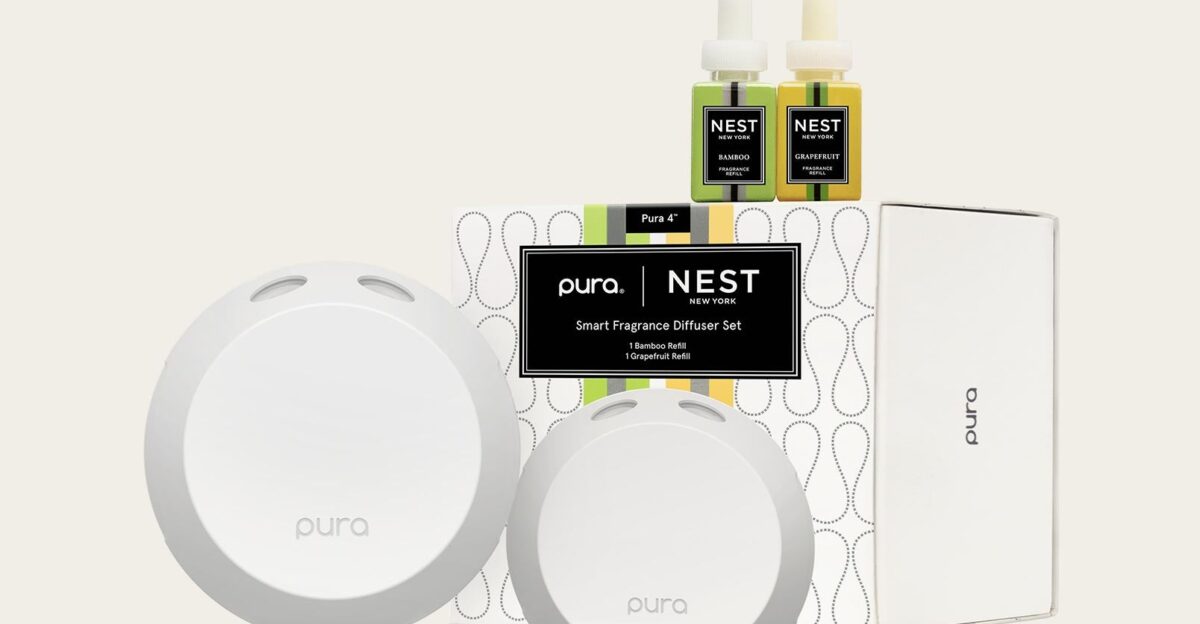
Geographically, the recall’s impact is broad. Sales data indicate that the bulk of these diffusers went to populous states like California, Texas and Florida, where Target and Amazon presence is strong. The recall is nationwide, and authorities are teaming up at all levels.
In Canada, Health Canada’s alert shows 1,095 Pura units were sold there.
In all, roughly 851,400 units are involved in North America. Consumer protection agencies aim to notify and remedy nearly every owner, approaching the 95% recovery rate typical of urgent CPSC alerts.
Family Stories
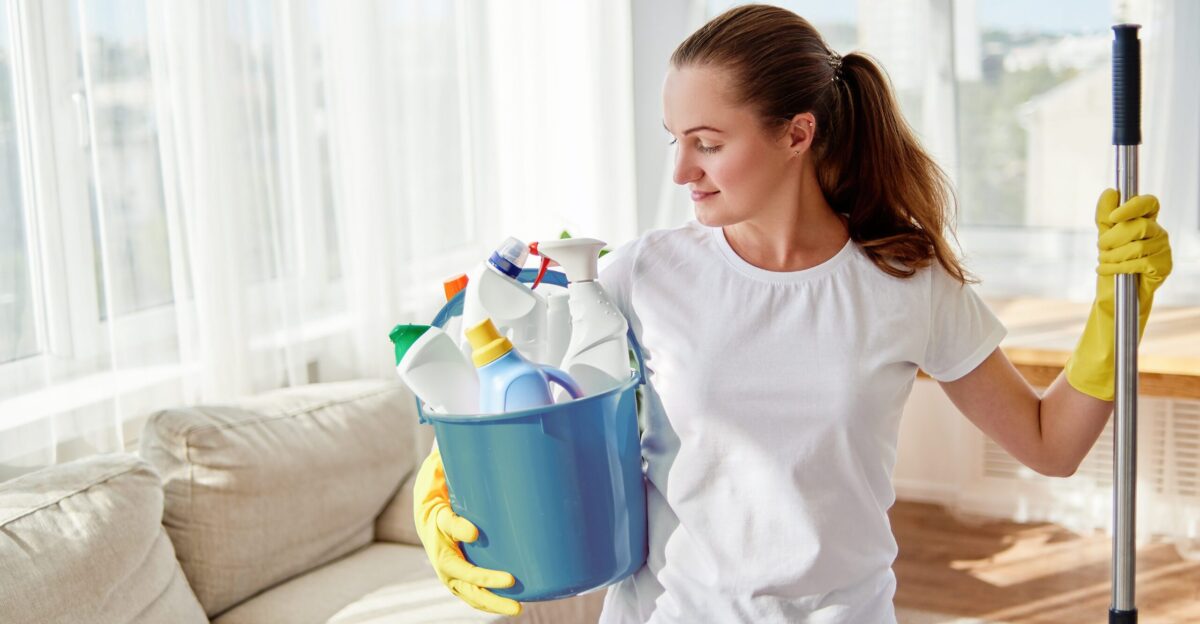
Parents and caregivers are voicing fears online and sharing stories of near-misses. One mother posted that her 18-month-old “kept trying to pull the diffuser cover off every time I used it.”
Emergency doctors point out how deceptive these injuries can be. Dr. Kaur (a pediatric gastroenterologist) explains that when multiple magnets are swallowed, they can “attach to each other through the bowel… or create holes in the intestines”.
Another doctor echoes the recall warning: magnets that pinch together can “result in perforations… infection… and death”.
Doctors now remind parents to keep such gadgets out of children’s reach.
Corporate Response
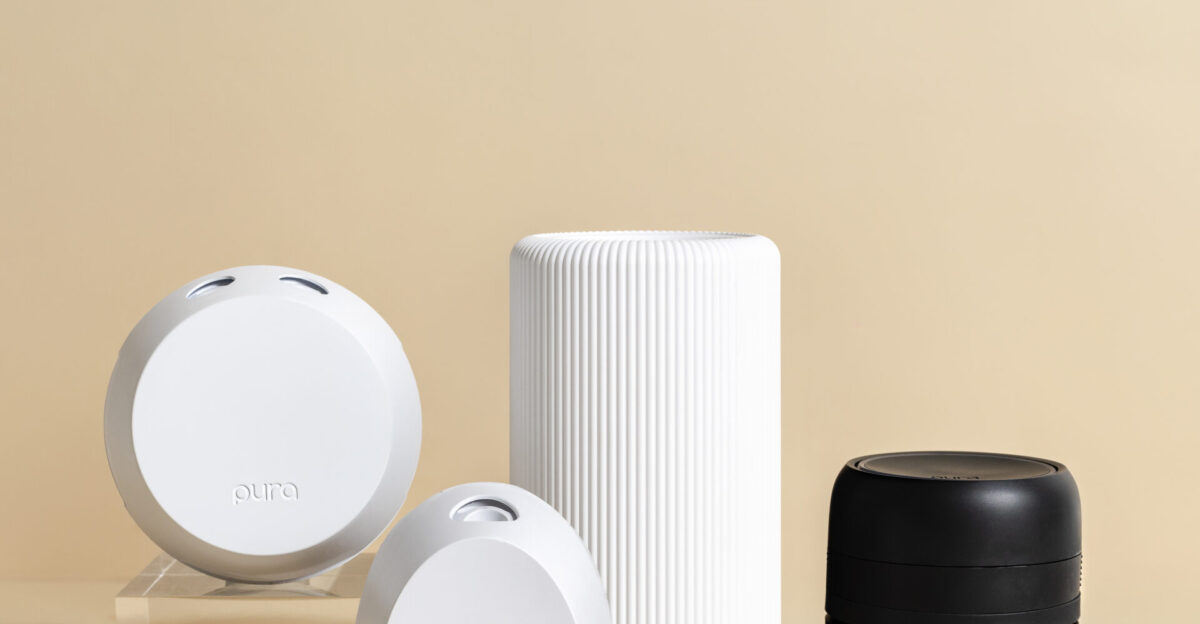
Pura Scents, based in Utah, is scrambling to contain the fallout. The company says it will send free replacement diffuser covers to customers and has set up a toll-free hotline (855-394-5292) for questions.
Pura’s Chinese supplier, Shenzhen Jingxintai Houseware, is under scrutiny for how the defect was missed.
Industry analysts estimate that the total costs of this recall – from new parts to customer support – could reach into the tens of millions of dollars.
For now, Pura publicly stresses that customer safety is its top priority.
Market Reckoning

The Pura recall has become a cautionary tale as the home-fragrance market keeps expanding. With U.S. sales projected to nearly double in the next decade, and global sales expected to hit $44.77 billion by 2034, even a niche product failure has ripple effects.
Competitors are reviewing their own designs: some have already eliminated magnets in diffusers, opting for safer snap-on parts.
Consumer advocacy groups are calling for tougher oversight; one industry lobbyist argues manufacturers should treat safety as seriously as design.
The incident underscores that innovation in smart homes must be balanced by rigorous testing.
Future Focus

Looking ahead, the big question is consumer trust. Dr. Alexandra Johns of UC Davis – who coauthored a recent study on magnet injuries – argues that the Pura incident should spur lasting change: “We want to increase public, parental and educator awareness of these dangers,” she said.
If companies want customers to embrace smart-home gadgets, they’ll have to demonstrate transparent safety practices.
Some analysts predict this recall will prompt new industry standards for smart devices.
In this high-tech era, safety by design must become as important as innovation. Consumer confidence may ultimately depend on brands proving they prioritize hazard prevention from day one.
Consumer Vigilance

Meanwhile, grassroots vigilance is rising. Online forums and parent networks have circulated lists of devices to inspect and warnings to heed. Pediatricians are distributing flyers reminding families that even innocent-looking products can hide hazards.
Retailers have begun emailing customers who bought smart diffusers, urging them to check serial numbers against the recall.
These efforts reflect a new awareness: parents are more scrutinizing, and consumer groups are pushing for clearer labels and safer designs.
One safety expert puts it plainly: “Awareness is the first line of defense when innovation moves faster than rules.”
Regulatory Response

The recall has also triggered regulatory action. Health Canada and the U.S. CPSC issued a joint alert, highlighting the cross-border nature of the risk. On Capitol Hill, lawmakers cited the Pura case in product safety hearings, calling for rules that cover connected household items.
By late 2025 a bipartisan bill was introduced requiring safety testing for any smart device with magnets or small parts.
Several state attorneys general are also probing smart-home safety.
Regulators are now under pressure to modernize rules written for a different era – emphasizing that today’s gadgets need today’s safety standards.
Competitive Moves
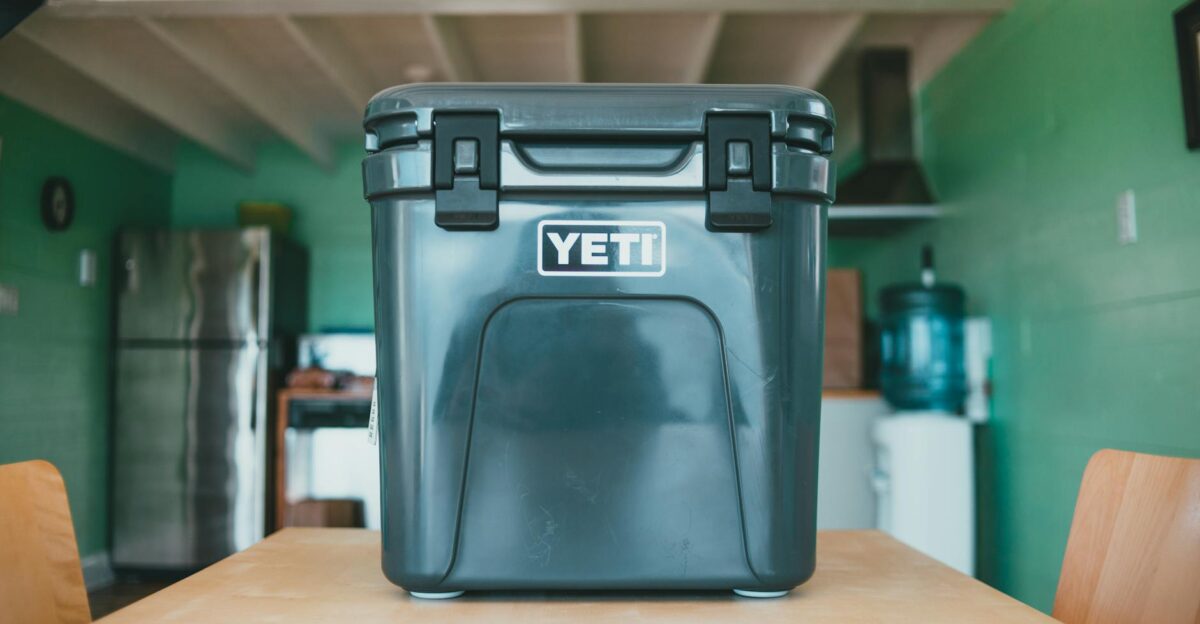
Other companies are already responding. Notably, in early 2023, outdoor brand YETI voluntarily recalled 1.9 million soft coolers and gear bags because their magnetic closures could detach.
YETI’s warning echoed the same hazards: multiple ingested magnets might “become lodged in the digestive system,” causing serious injury or death.
After that event, many manufacturers began auditing magnet use; several reported redesigning devices to replace magnets with screw-fastened or fixed covers.
In effect, magnet safety has become a leading design priority for many firms.
Design Overhauls

Engineers emphasize that safer designs are attainable. Some suggest encapsulating magnets so they can’t come loose, or using much weaker magnets that would separate under stress. Others prefer alternative attachments: latches, clamps or sealed screws instead of removable covers.
New proposals even call for smart diffusers to detect if a cover is suddenly removed and automatically shut off.
Standards bodies are drafting updated guidelines: for example, very strong magnets would be required to sit in tamper-proof housing by design.
The goal is layered protection – combining warnings, education and foolproof hardware to stop hazards before they start.
Call to Action
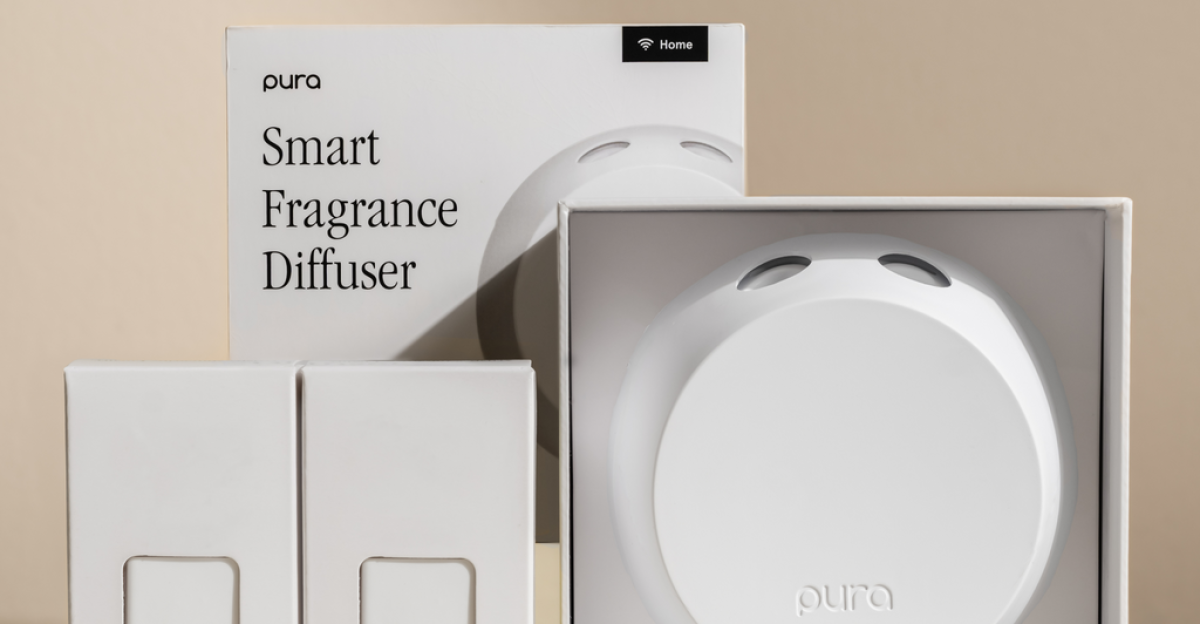
In the end, the Pura recall is a clear lesson: innovation must go hand in hand with safety. Industry leaders say this should be treated as a warning shot.
Consumers are now more likely to inspect products carefully, and companies will have to tout safety features as part of their brand promise.
Regulators are expected to set stricter rules on magnets and small parts in household gadgets.
If all stakeholders heed this warning, the episode could lead to smarter, safer products. As one product safety official put it, “The best recall is the one you never have to do.”